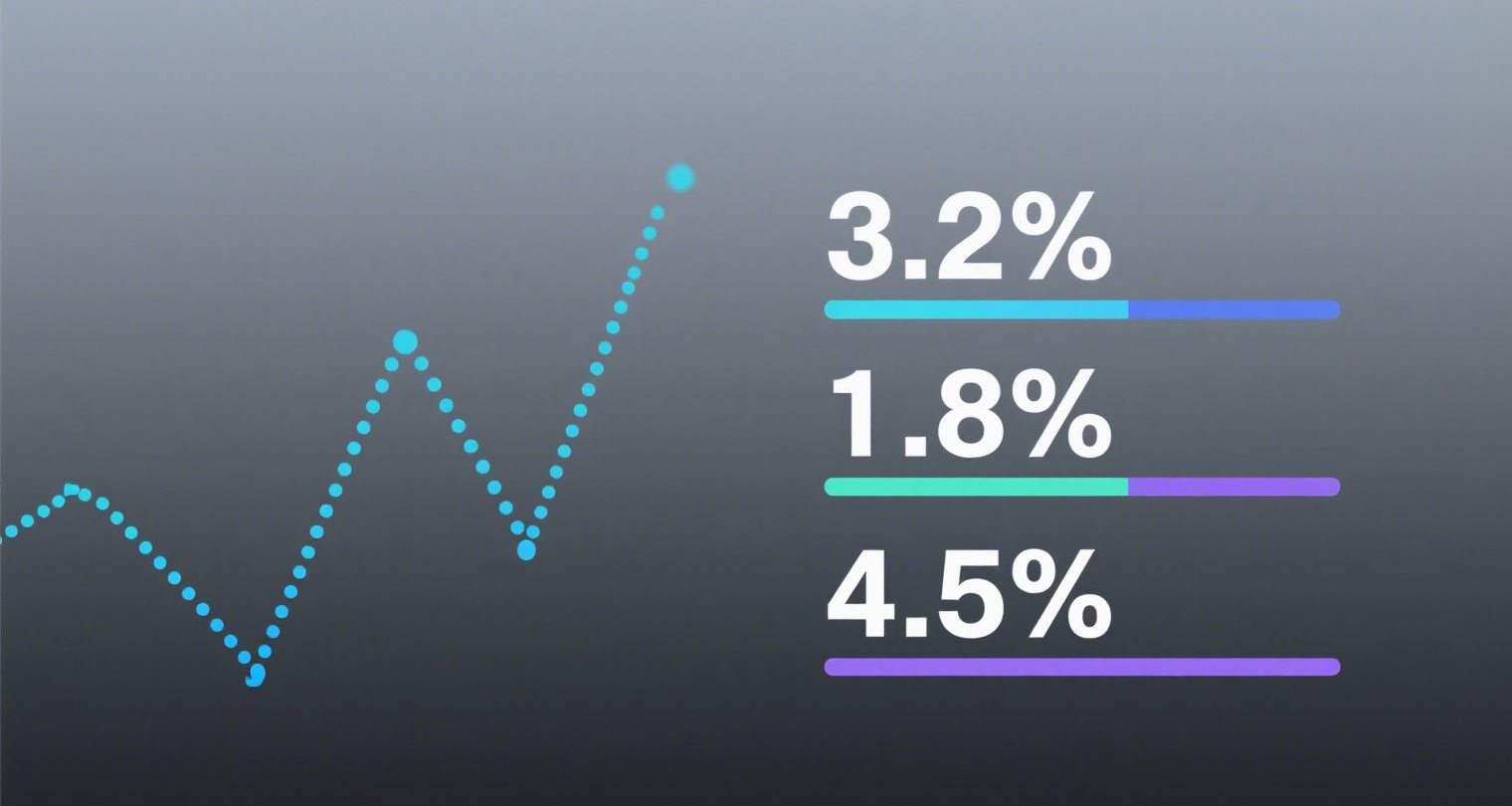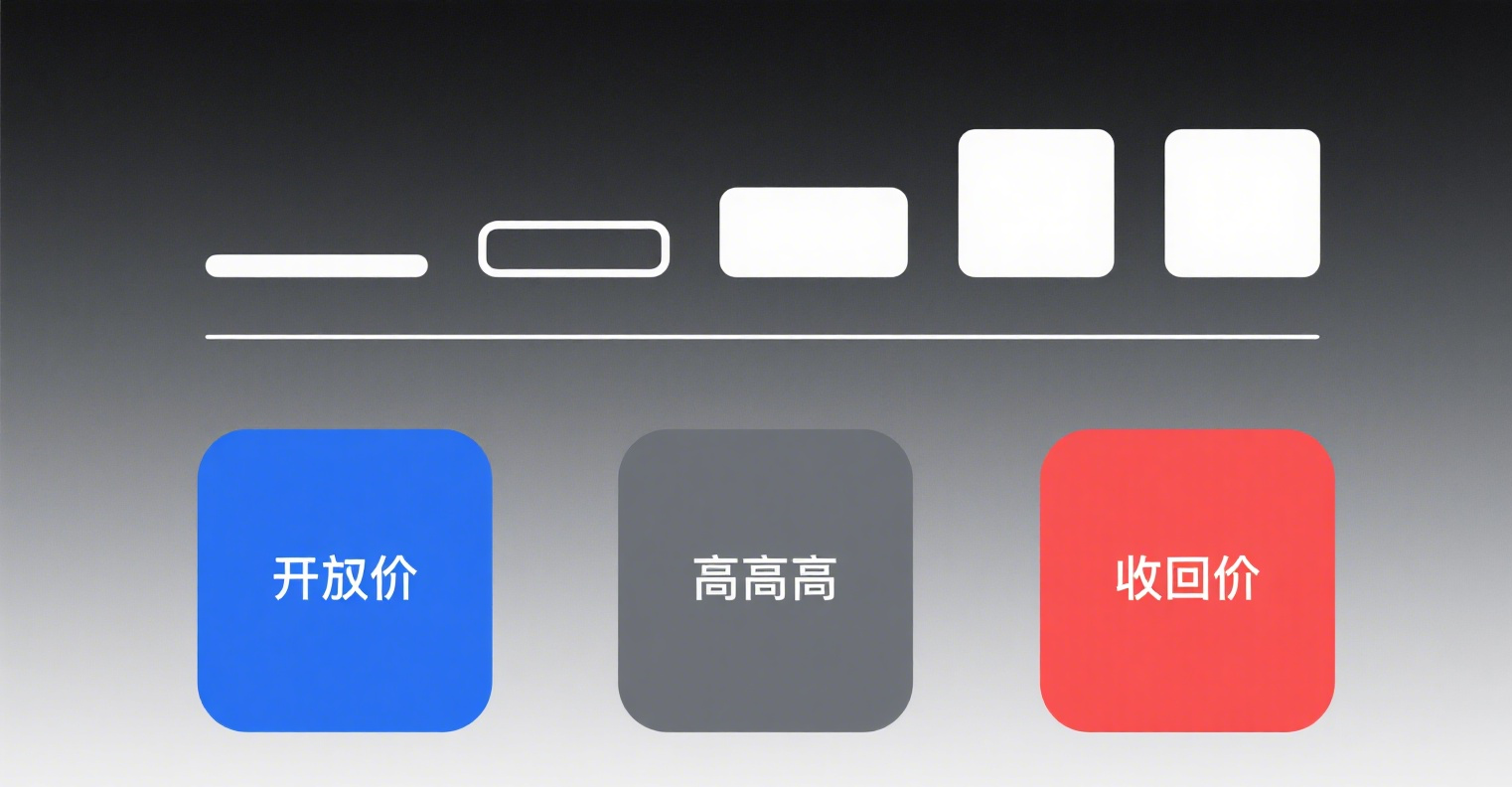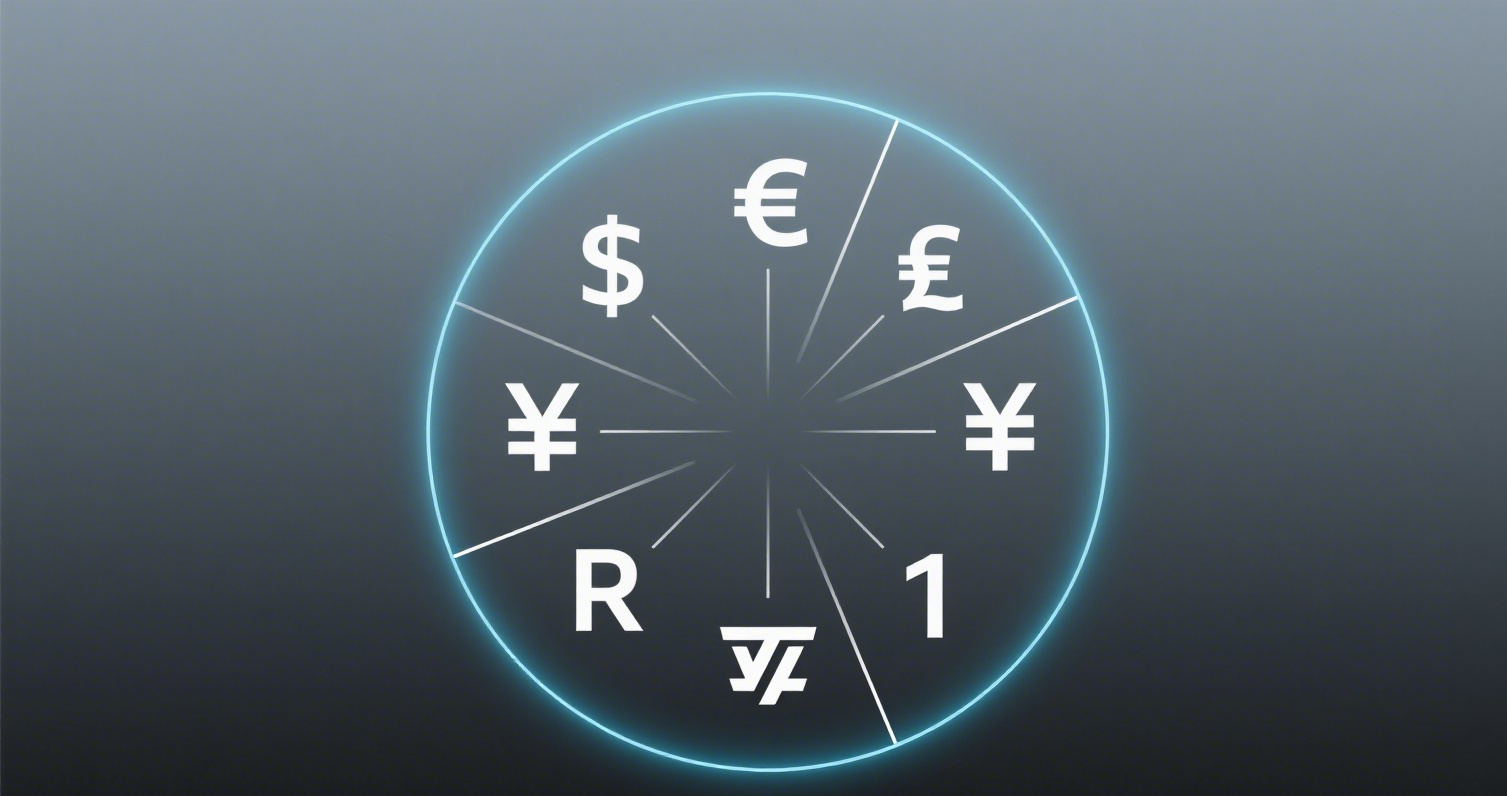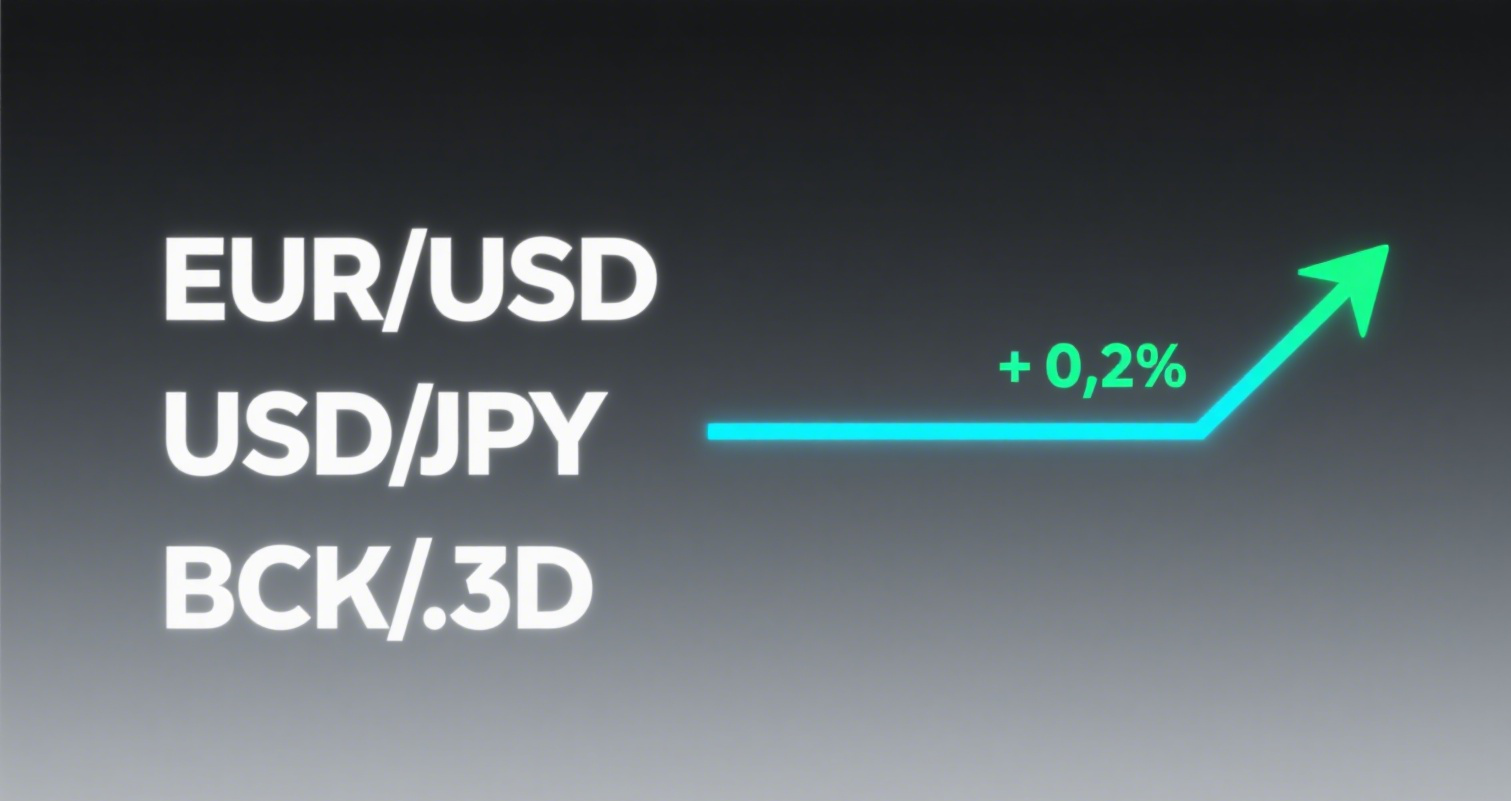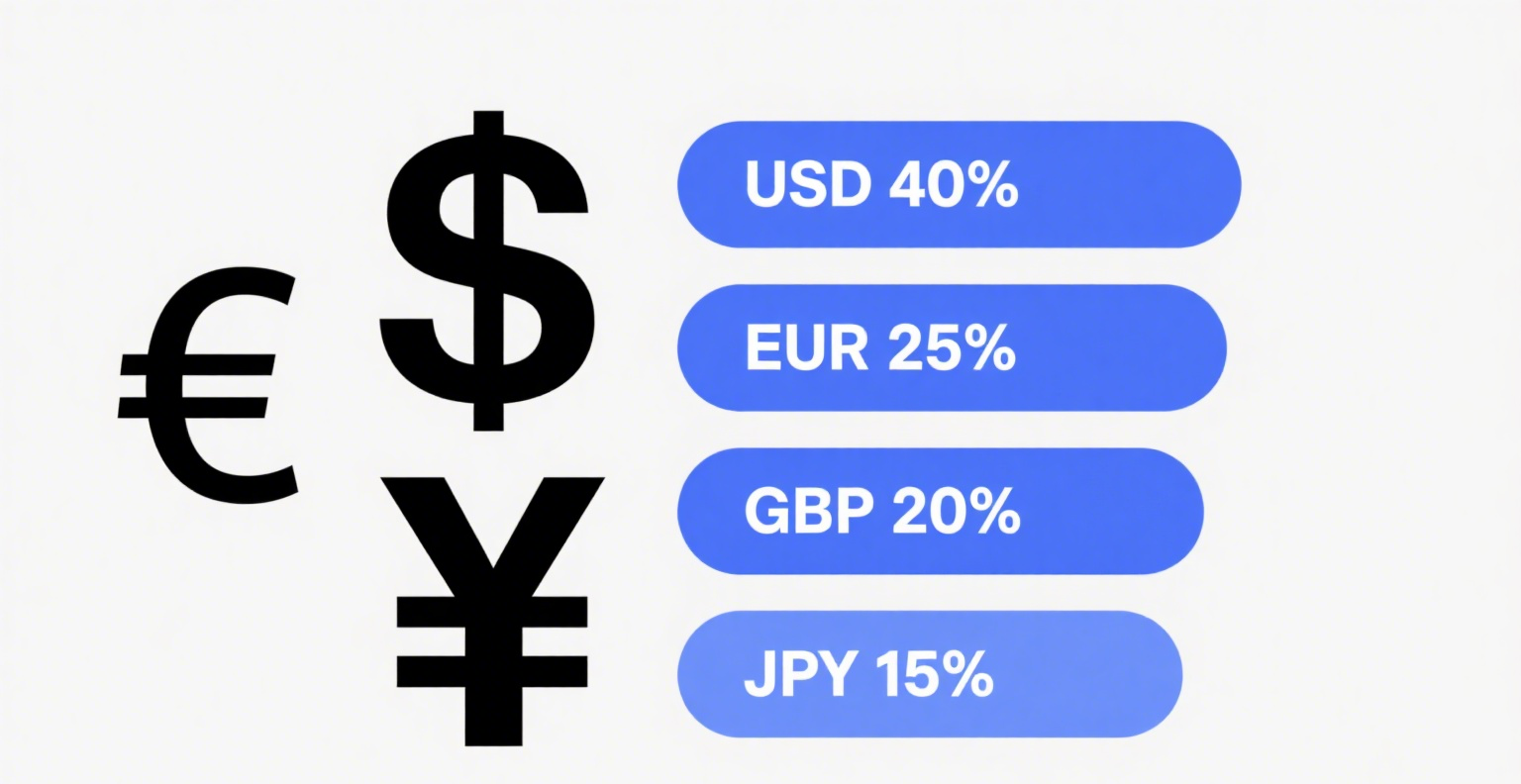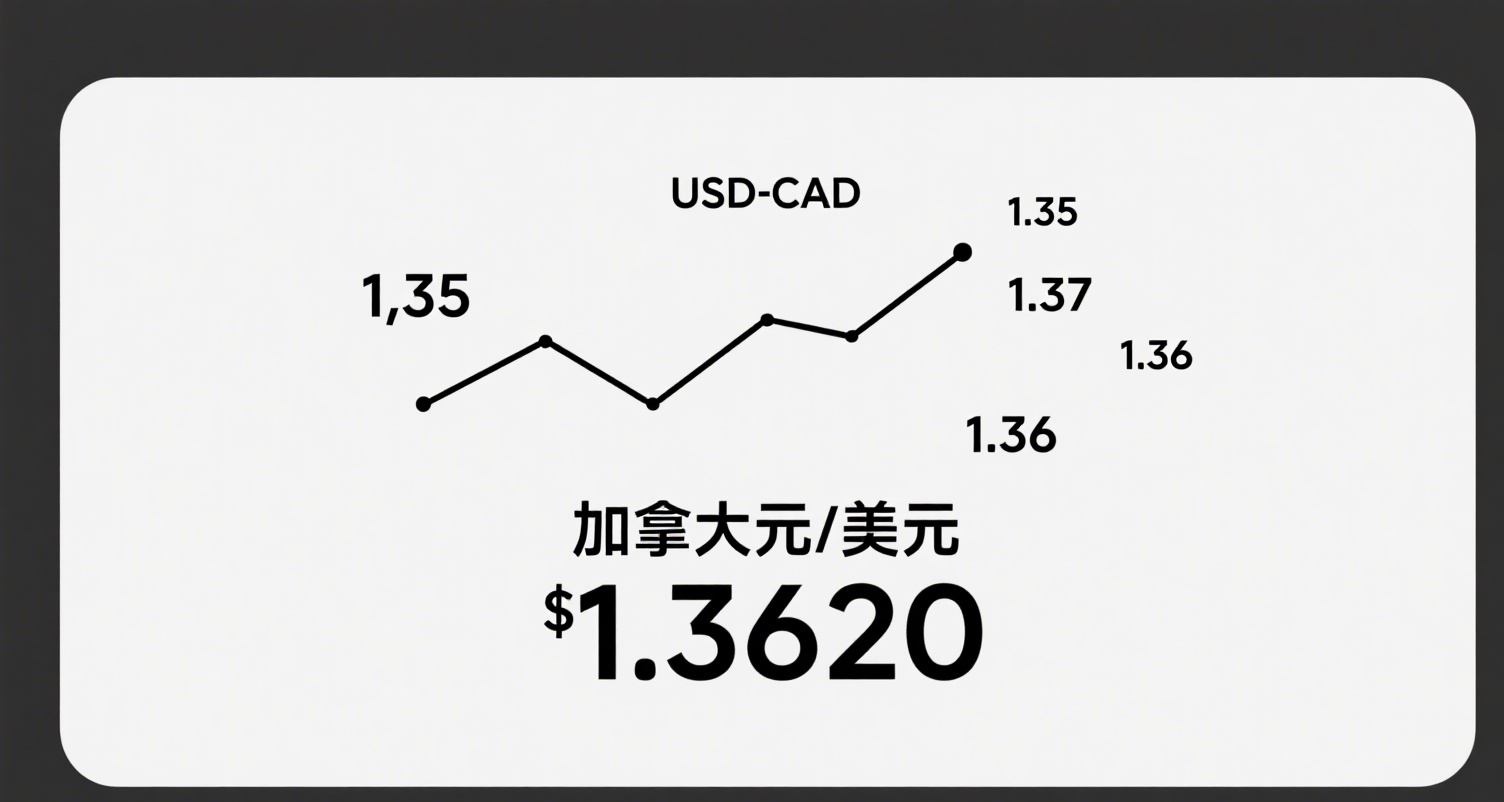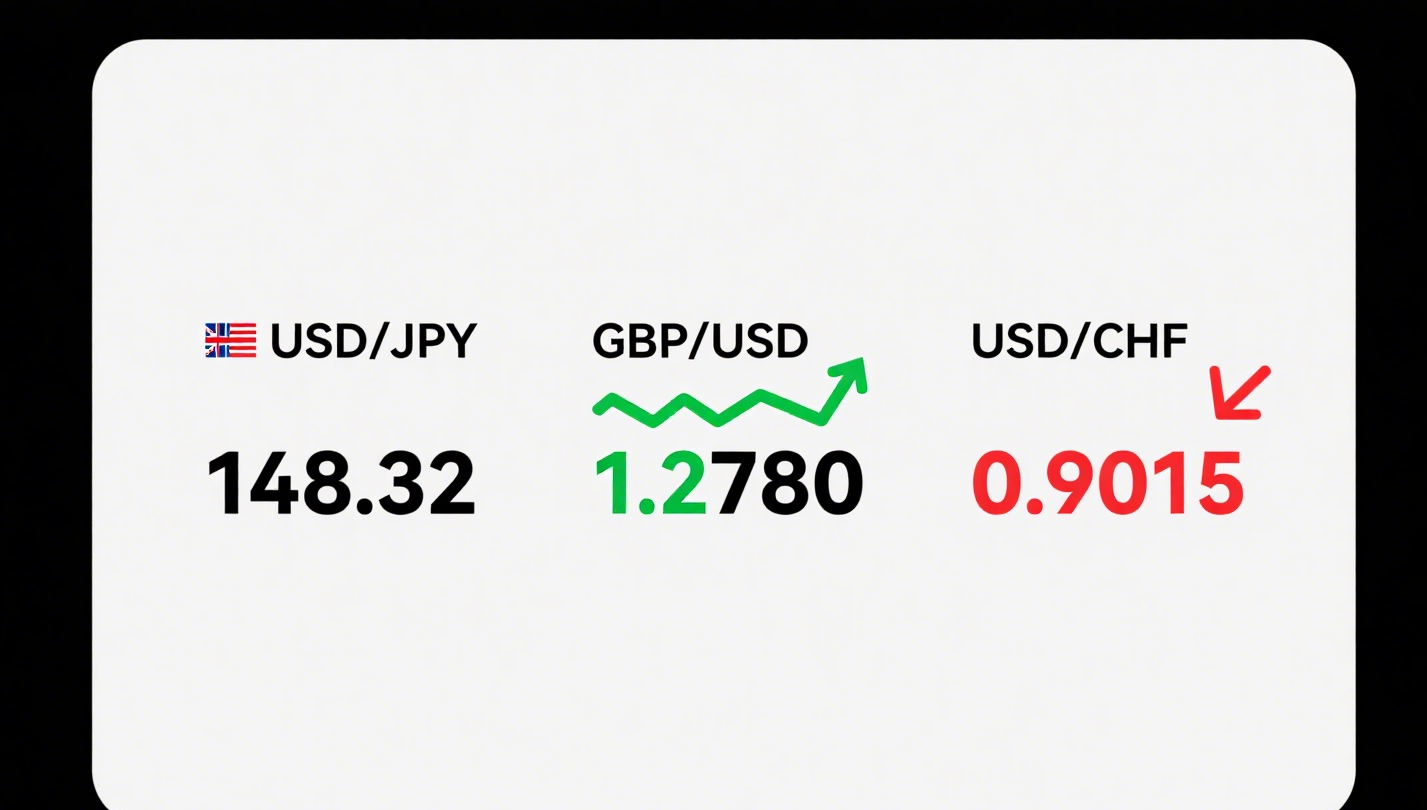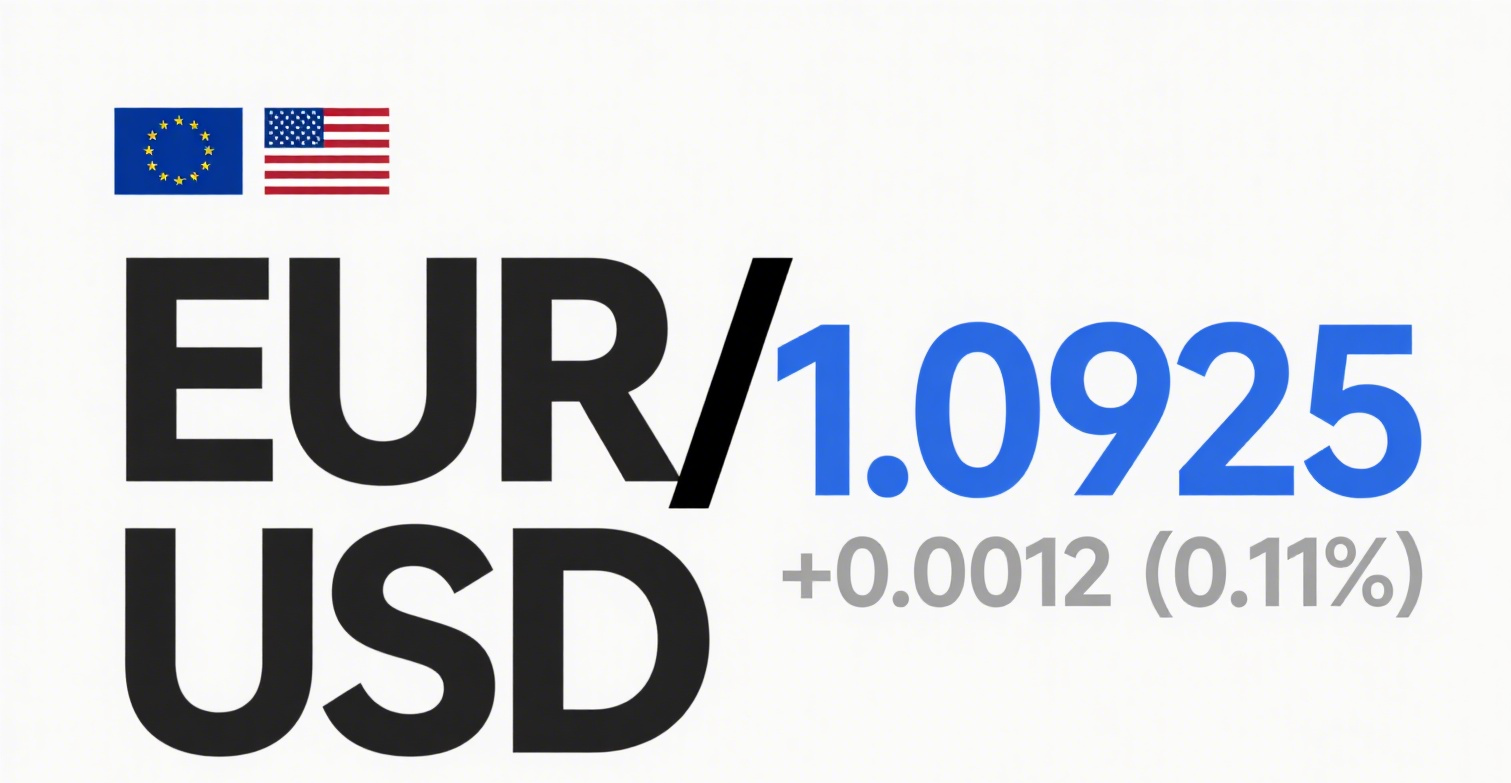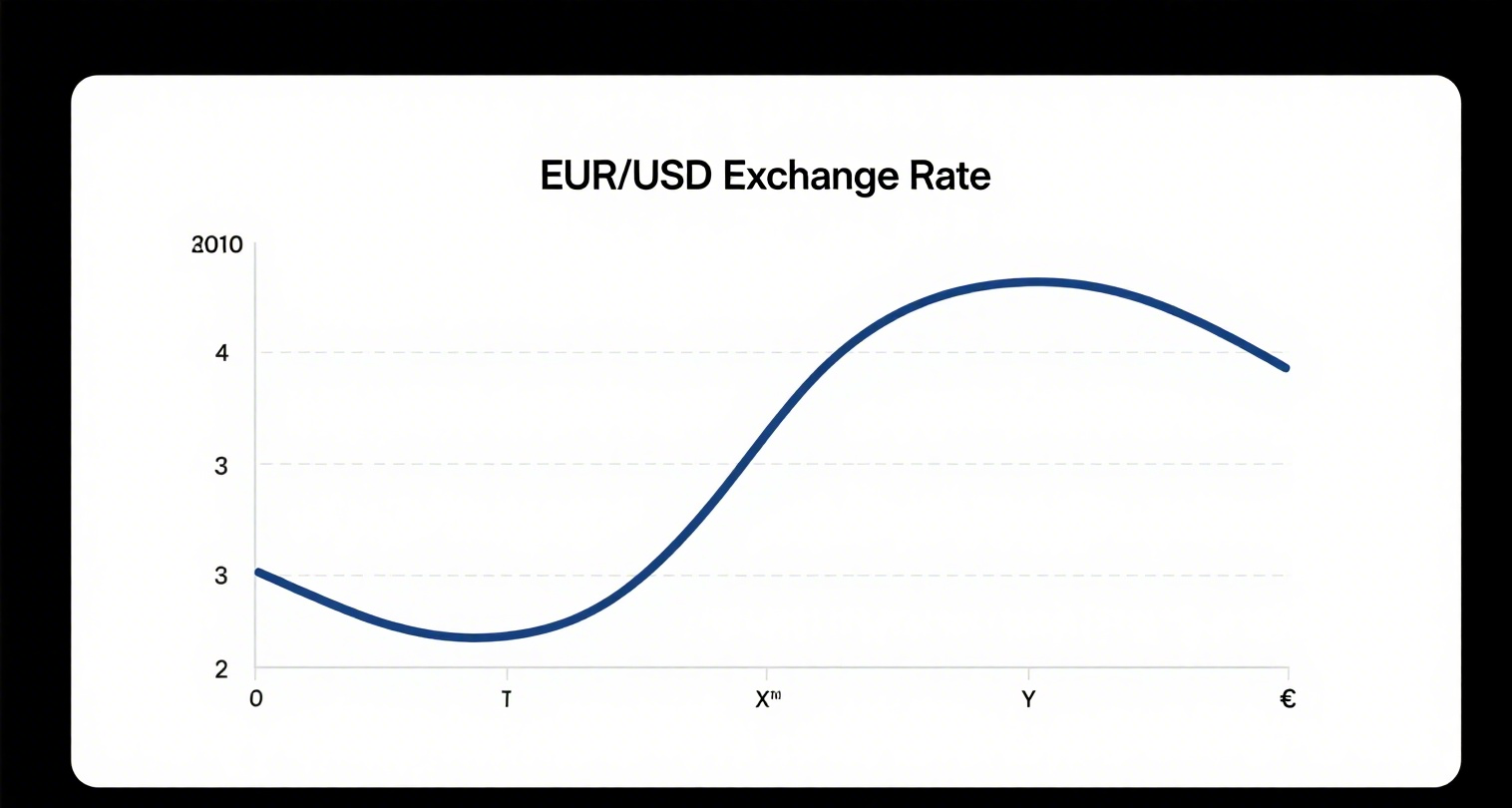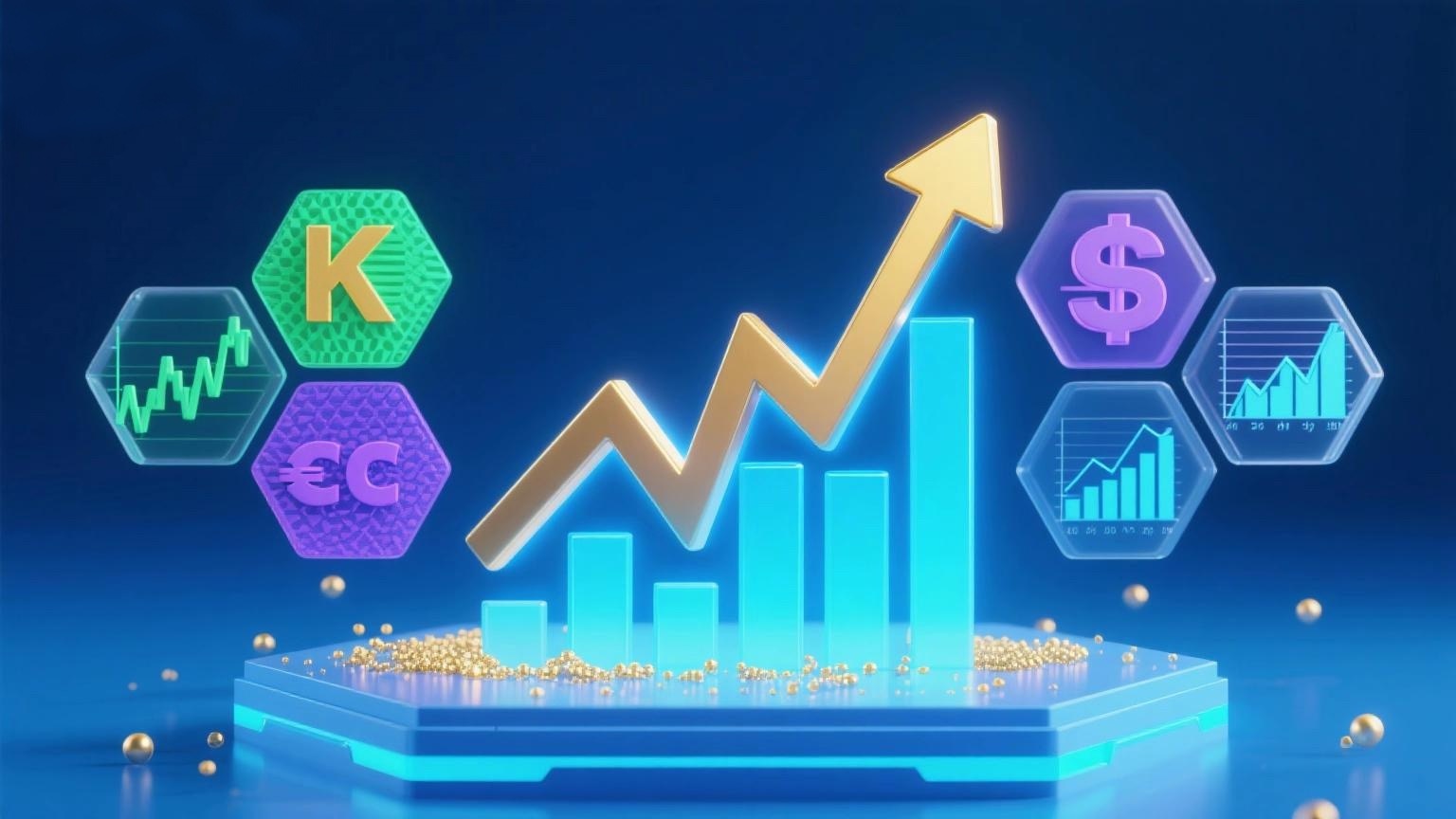
The Shenzhen Stock Exchange recently announced optimizations to the compilation methodology of the ChiNext Index, introducing a single-stock weight cap mechanism and an ESG negative exclusion mechanism. These changes will further enhance the index's representativeness and investment functionality, better meeting the asset allocation needs of various investors.
Specifically, as one of the key benchmark indices in the A-share market and a representative index for China's innovative and entrepreneurial enterprises, the revised ChiNext Index now includes a single-stock weight cap mechanism—akin to a "weight limit rule" for luggage. By applying a weight adjustment factor, the weight of any single constituent stock will not exceed 20% during each periodic rebalancing. This keeps the impact of individual stocks on the index within a reasonable range, helping to prevent the index from experiencing roller-coaster-like fluctuations due to sharp price movements of a single company and providing a more objective reflection of the overall sector trend.
Another new addition is the ESG negative exclusion mechanism. Similar to the concept of "decluttering" in investing, the revised methodology explicitly excludes companies with a below-B ESG rating from the Shenzhen Stock Exchange's ESG evaluation. This will help reduce the probability of major negative risk events. Currently, all constituent stocks of the ChiNext Index have ESG ratings of B or above.
Overall, the optimization of the ChiNext Index compilation methodology balances risk control and quality improvement. The weight cap mechanism enhances the index's stability, alleviating investor concerns over volatility risks from top-weighted stocks. Meanwhile, the ESG exclusion mechanism reinforces the principles of responsible investing, guiding the capital market to pay greater attention to corporate sustainability. The two mechanisms complement each other, collectively advancing the ChiNext Index's role as a representative of "innovation, creativity, and entrepreneurship" and the "four new" economic drivers.








